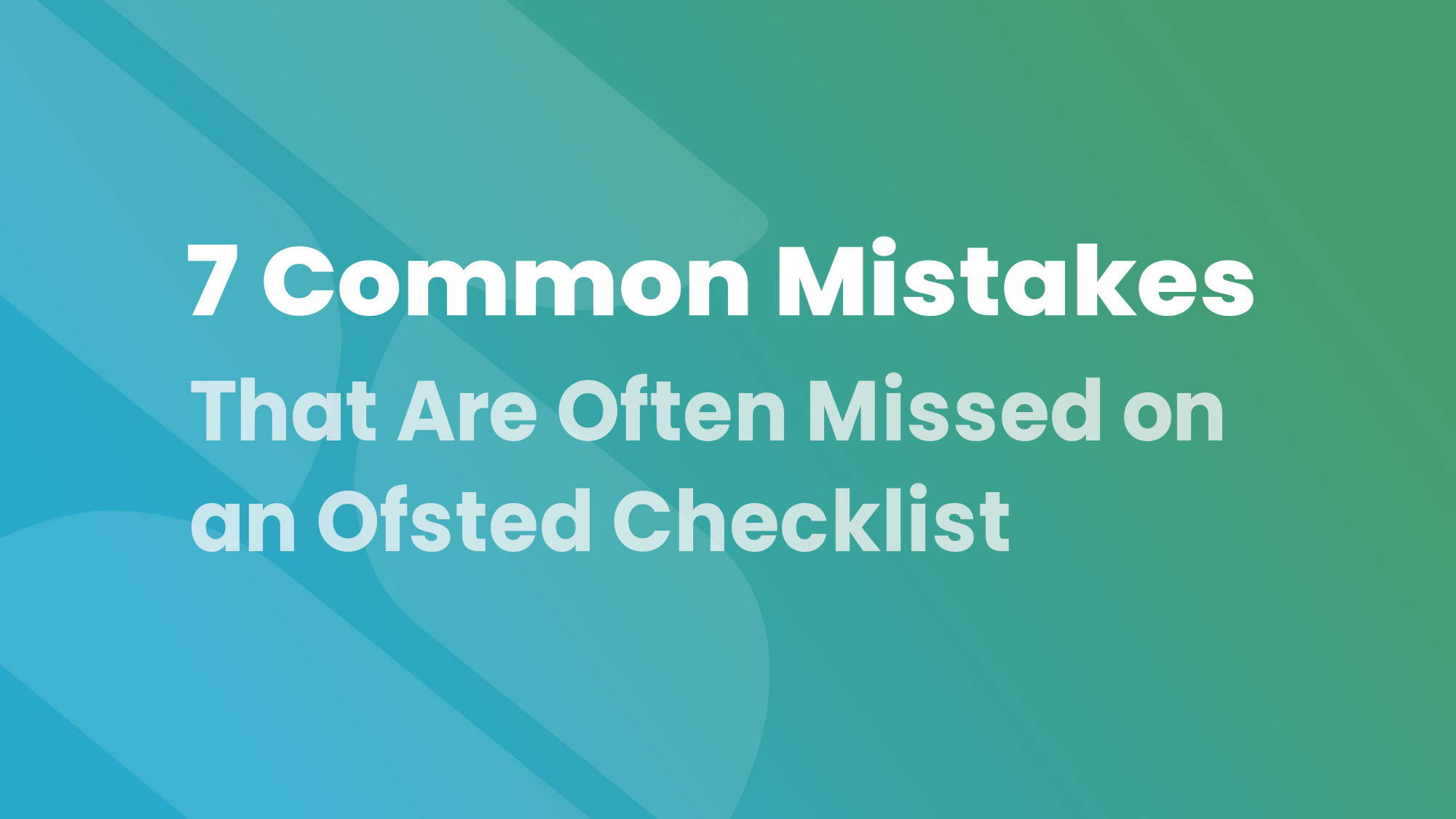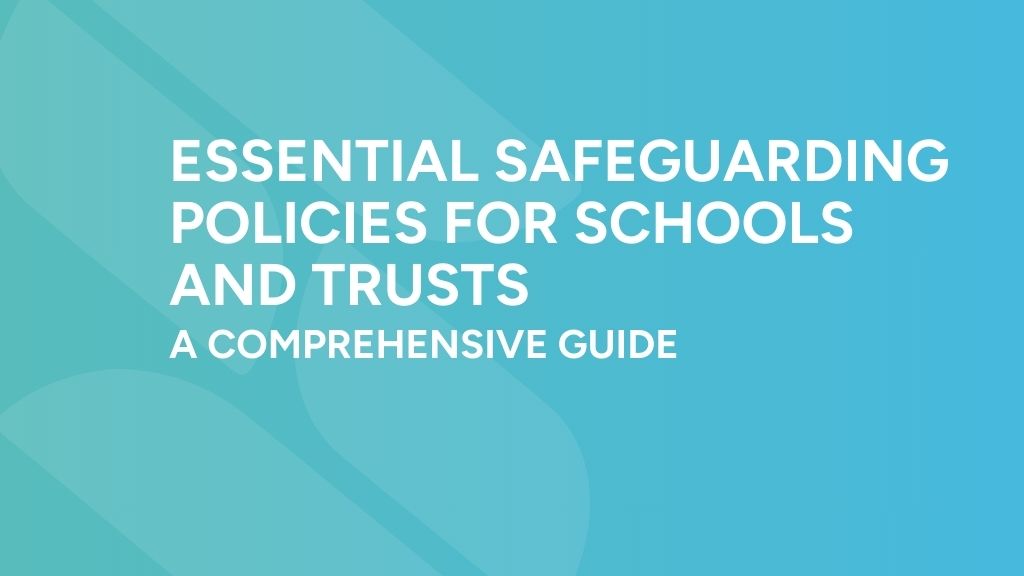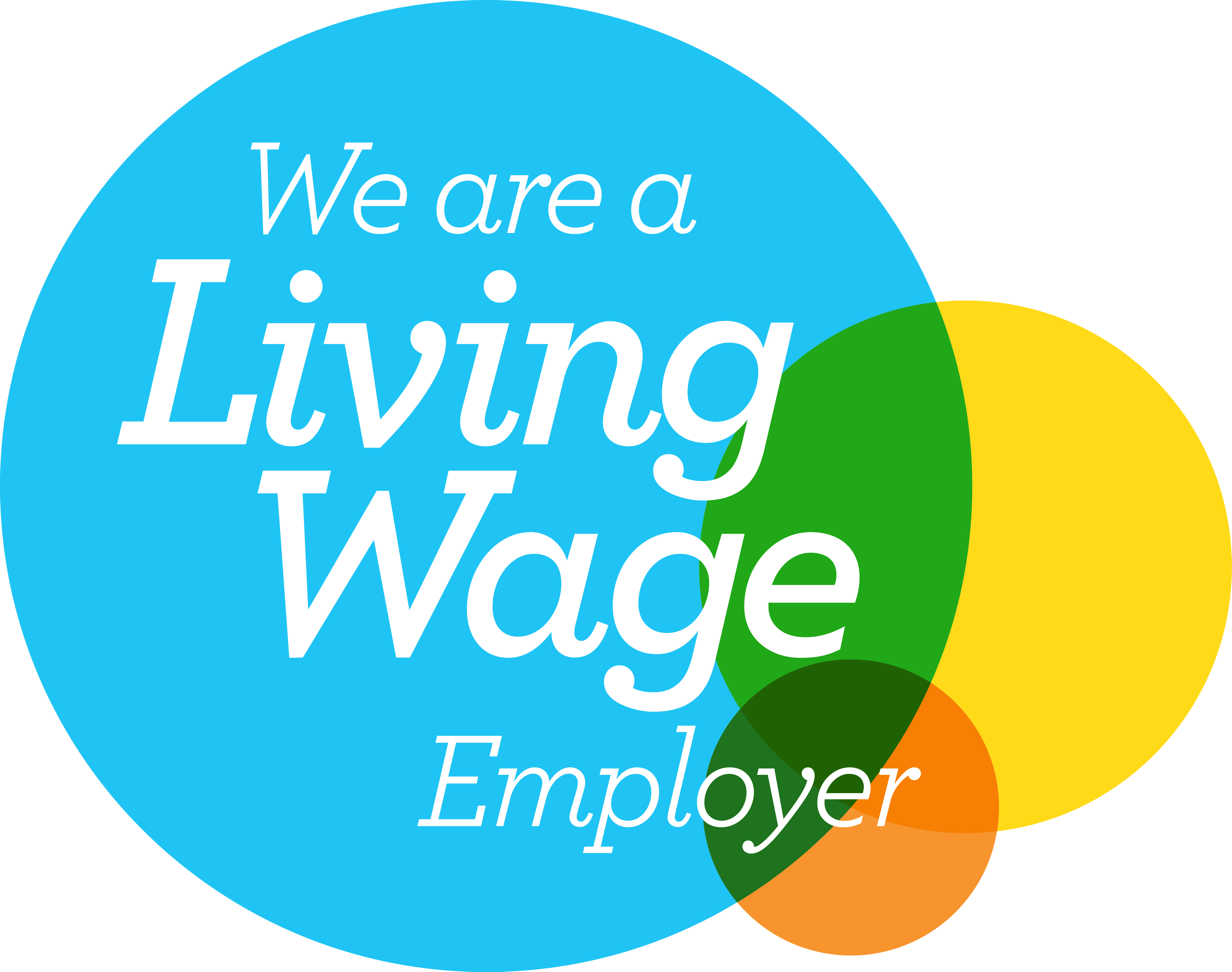September 2019 Safeguarding Changes
September 2019 Safeguarding Changes

You may have seen that the Government have released a draft of the statutory guidance that schools will be required to follow from September 2019. The Keeping Children Safe In Education (KCSIE) document sets out what schools need to do in order to comply with safeguarding and safer recruitment. There are not a lot of changes in comparison to previous years. In this blog post we’ll take a look at some of the changes that have been outlined in the document. Obviously safeguarding is one of the key areas that inspectors look at. As a school you should be wanting to shout about how robust and effective your safeguarding procedures are. Visitors who are welcomed into your school should instantly feel the culture of safeguarding that you have created.
Local Safeguarding Children’s Boards
One of the major changes is the replacement of LSCB’s. This will now become a team of key professionals from the Local Authority, Clinical Commissioning Group and the Police. Each locality will have its own dedicated team. Therefore, they will work collaboratively to put new safeguarding procedures with the aim of strengthening child protection and safeguarding systems.
Online Safety
One of the areas that the guidance outlines is online safety. With schools and colleges increasing the amount of online working, this is something that is being seen as a higher priority. So, it is vital that schools and colleges ensure that they have appropriate filters in place alongside appropriate online monitoring systems. The draft guidance goes on to identify 3 areas that the breadth of issues related to online safety can be grouped into. These include: content, contact and conduct. Therefore, it would be advisable to think about how you may reference this in your safeguarding policy but also any policies or acceptable user policies that school may have in relation to online safety. Alongside KCSIE the DfE have produced a document entitled ‘Teaching Online Safety in School’ so it would be worth reading these documents side by side.
Peer on peer abuse
Specific mention is given to the area around peer on peer abuse. The guidance states that ALL staff should recognise that children are capable of abusing their peers. Update the school’s safeguarding/child protection policy to reflect the guidance. Areas of abuse may include:
- bullying (including cyberbullying)
- physical abuse
- sexual violence
- sexual harassment
- upskirting
- sexting
- initiation/hazing type violence and rituals
Upskirting has been given specific reference and it is important to point out here that this is now classed as a criminal offence. It has been defined in paragraph 27:
” ‘Upskirting’ typically involves taking a picture under a person’s clothing without them knowing, with the intention of viewing their genitals or buttocks to obtain sexual gratification, or cause the victim humiliation, distress or alarm. It is now a criminal offence and may constitute sexual harassment.”
We’re going to be releasing a course soon on SchudioTV that includes the area around peer on peer abuse. If this is something that is of interest to you, please get in touch.
What do you need to do?
- Keep on top of compliance by downloading our free School Website Requirements Guide?
- Update your safeguarding policy to reflect these changes. (Although it’s still in draft they are unlikely to change)
- Remember, safeguarding is everyone’s business!
- Read our previous post on the top 3 common errors on your school safeguarding page to ensure you’re not missing anything else!











